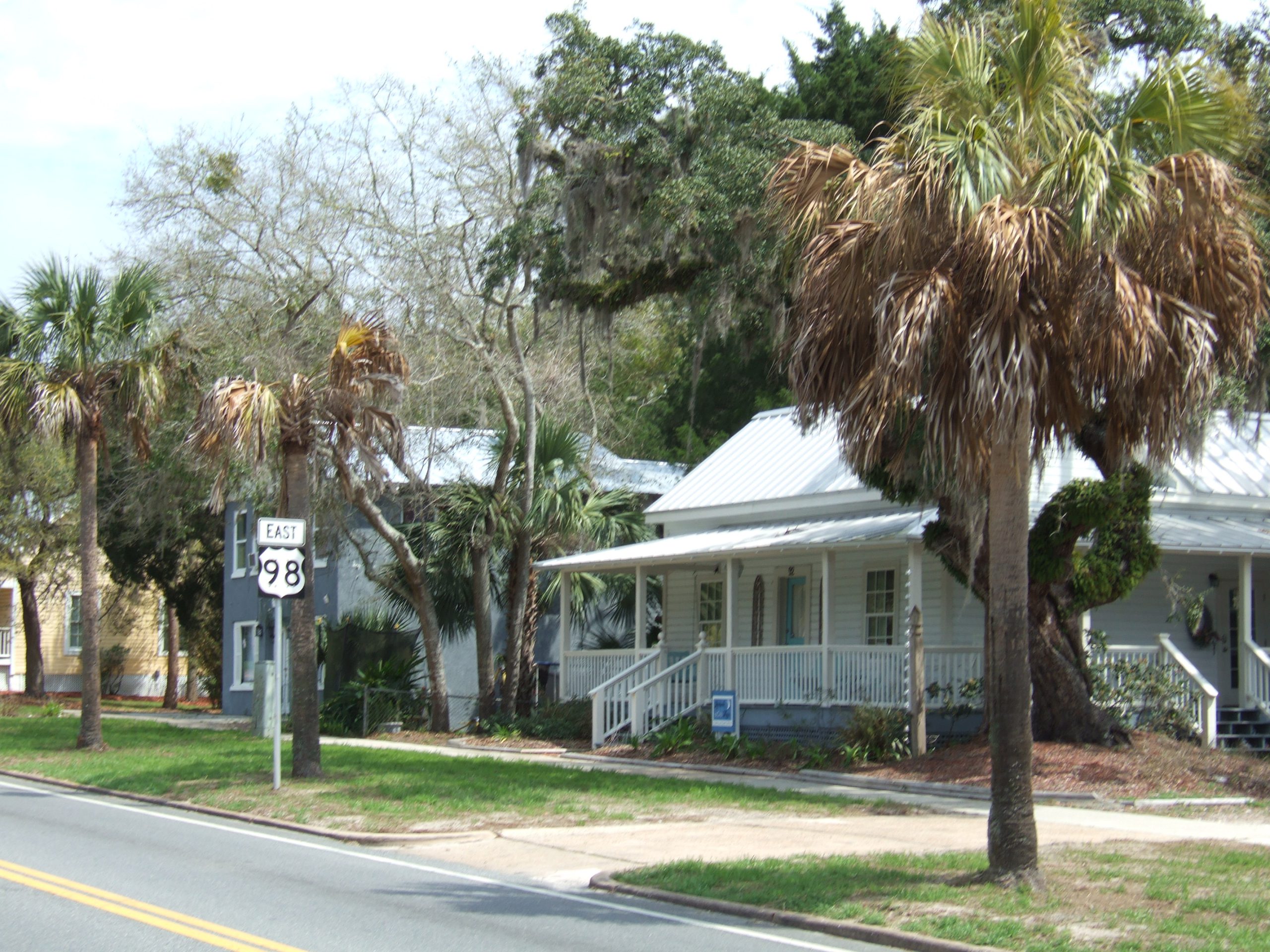The pathogen that causes Lethal Bronzing Disease was recently identified in a palm tree tissue sample sent by the Franklin County Extension office to the University of Florida’s Fort Lauderdale Research and Education Center in Davie. Formerly called “Texas Phoenix Palm Decline,” this pathogen was renamed when it was found to infect at least 19 species of palms and had spread to Florida, Louisiana and Mexico. Florida’s first cases were diagnosed on 2006 in Hillsborough County and to-date, there are more than 30 counties in the state with positive tests, mostly in the central and southern portion of the state.

The pathogen involved is a phytoplasma similar to the one that causes Lethal Yellowing Disease, which is devastating coconut palms in South Florida and the Caribbean but not infecting our native sabal palms. Lethal Bronzing, on the other hand, is quite capable of infecting and killing this species of native palm. Phytoplasms are similar to bacteria but have no cell walls. This one infects the phloem tissue of its hosts and eventually blocks up water and nutrient pathways in the tree causing it to decline and die. Symptoms begin in the lower leaves and work their way up the canopy and cause fronds to have a bronze color as they die, rather than the typical tan/gray appearance from normal leaf shedding.
The insect vector spreading this disease has been identified as a small Cixiid plant hopper known as Haplaxius crudus. The disease is transmitted when the insect acquires the pathogen by feeding on leaves of an infected tree and subsequently moves to a healthy tree to feed again. Once a tree is infected, there is currently no known cure, even if the plant is not showing symptoms yet. Plant pathologists who study this disease have however, laid out a protocol to protect trees that are not already infected. It requires quarterly injections for at least two years, with oxytetracycline hydrochloride. Treatments are administered by drilling a hole at a downward angle and injecting the “medicine.”
Recommendations for infected trees involve removing them immediately. For trees that are asymptomatic, having only recently been infected, a tissue sample test would be required to know if the tree is sick. There are a couple of UF labs that can do the test and a $75 fee is involved. For trees that test healthy, a regimen of treatment with oxytetracycline could be started to keep them healthy. Considering the cost to replace larger, highly valued specimens, the testing fee is quite reasonable. Palm species other than sabal (cabbage) palm, that are often planted in our area and are impacted by Lethal Bronzing Disease include the Canary Island date palm, pindo palm, Chinese fan palm and Bismarck palm. If you have a tree that is showing distress beyond normal leaf browning and shedding, the County Extension office will be happy to provide further information at 850-653-9337.
 0
0
